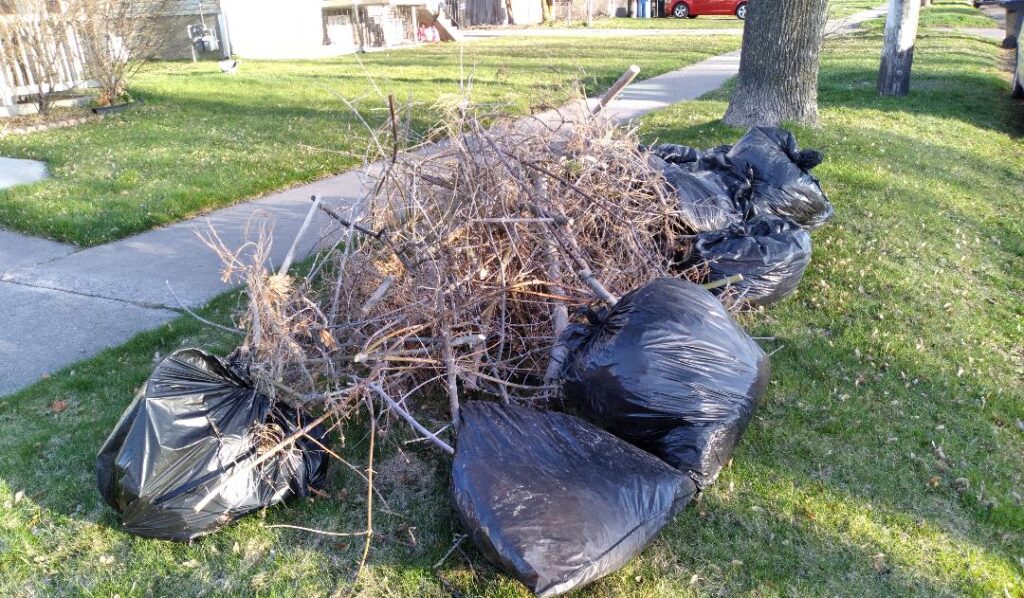LOGAN — Logan mayor Holly Daines was away at the League of Cities and Towns Conference in St. George. In her place, three representatives from Logan City Public Works were guests on KVNU’s Speak to the Mayor program on Wednesday.
Public works director Paul Lindhardt said with growth and change in the city, it’s sometimes a challenge to prioritize.
“I think one of the biggest things is, we can come up with a great five-year, ten-year plan, what the needs are, what needs to be done. And then, all of a sudden, a part of the town that we didn’t necessarily expect starts developing like crazy, be it a Costco or something else that people are excited about. But we also have to shift, now that demand may be somewhere else…where’s the current priority? We thought we knew what it was a week ago, but where is it now,” Lindhardt explained.
Right now, the Spring Clean-up is going on in the city and Hart Wybrow, who oversees the Street Department and storm water for Logan, said they are moving through faster, perhaps because residents may have cleaned up last fall after the heavy October snow storm that downed a lot of branches.
“We’ll probably continue this – this week and then next week we’re hoping to kind of wrap stuff up. But anything you can take to the Green Waste(facility), you can put on your park strip and we’ll come around and pick it up. And if you just google Logan City Utah spring clean-up, we’ve got a map on there that kind of shows where we’ve been, and like I said, we’ll just work towards the middle of town. So if we haven’t been to your neighborhood yet, hurry and get your stuff out, even though we’ve asked you to do it before now, but, we are coming,” according to Wybrow.
He said it’s a real benefit for a city the size of Logan to have this service and it consumes the efforts of most of Public Works to do it.
With growth estimates of Cache County increasing in population by 60 to 70 percent over the next 20 to 30 years, Water and wastewater division manager Joe Hawkes was asked how that affects their daily work and planning for the future when it comes to connecting more people to the same water systems.
“It means we’ve got to create more sources, utilize our water rights, and by sources I’m meaning wells that we’ll drill in the city and maintain that can pump in. We also have plans for future tanks that help supply the immediate daily needs. The water that we’re putting into the system, we can’t match our peak demand, which is why we rely on the tanks. So the water in those tanks will flow into the system to meet the high irrigation demands primarily,” said Hawkes.
He said their sources are on constantly and they gradually fill the tanks back up.

